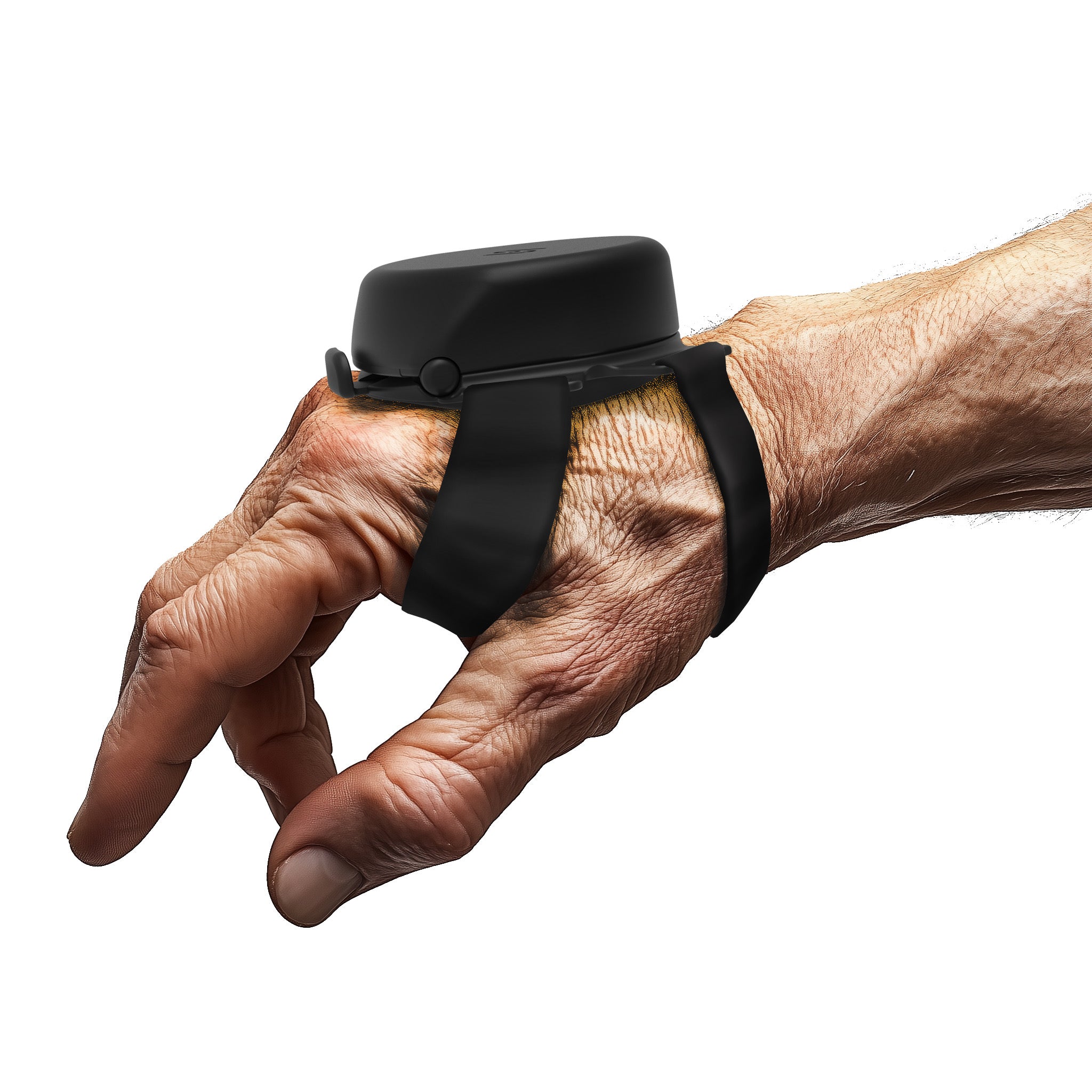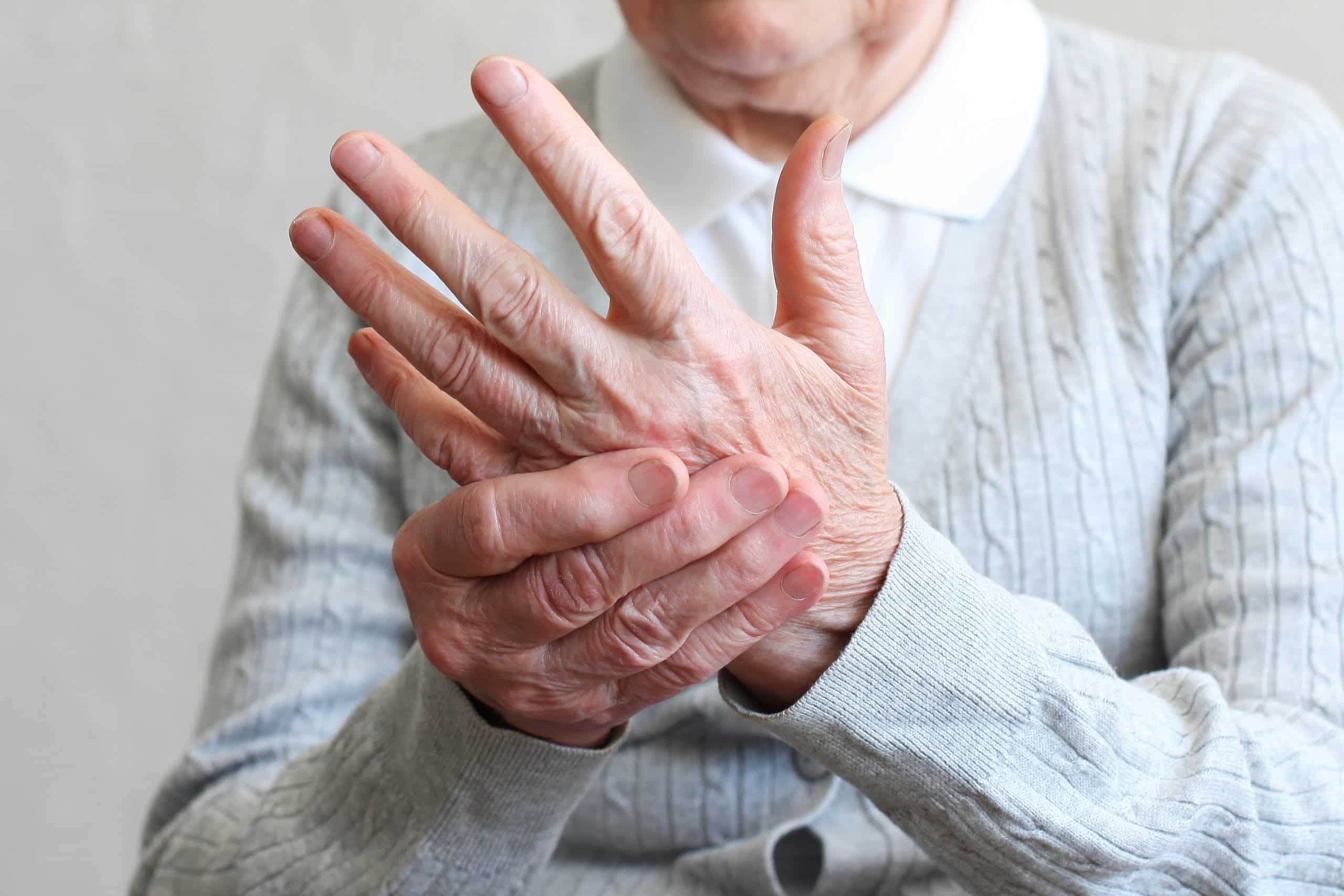Facial tremors can be a perplexing and often distressing condition, manifesting as involuntary, rhythmic muscle contractions in one or more parts of the face. These tremors can significantly impact an individual's quality of life, affecting emotional well-being and daily social interactions. This comprehensive guide delves into the intricacies of facial tremors, providing a clear pathway through the maze of diagnosis and the array of treatment options available.
The Phenomenon of Face Tremors
Facial tremors are not a singular medical condition but rather a symptom that can arise from various underlying causes. They may present as rapid, uncontrollable movements in the eyelids, twitching of the lips, or more generalized shaking affecting the entire face. Understanding these tremors' nature is the first step toward effective management and treatment.
Deciphering the Underlying Causes
The causes of facial tremors are as diverse as their manifestations. They may be a sign of neurological disorders such as Parkinson's disease, a side effect of certain medications, or a result of lifestyle factors like stress or caffeine consumption. In some cases, they may also be idiopathic, meaning no specific cause can be identified.
The Diagnostic Process
Diagnosing facial tremors involves a comprehensive evaluation that includes a detailed medical history, a physical and neurological examination, and sometimes, specialized tests. These tests might include imaging studies like MRI or CT scans to rule out structural abnormalities, and electromyography (EMG) to assess muscle activity.
Medical Interventions
Treatment for facial tremors may involve medications such as anticonvulsants or beta-blockers, which can help reduce tremor severity. In more severe cases, botulinum toxin injections have been shown to provide relief by temporarily paralyzing the overactive muscles causing the tremor.
Surgical Solutions
For those who do not respond to medication, surgical options such as deep brain stimulation (DBS) may be considered. DBS involves implanting a device that sends electrical signals to specific parts of the brain, thereby controlling the tremors.
Assistive Device Innovations
Recent advancements have introduced assistive devices like the tremor glove and anti tremor gloves, which are designed to dampen the involuntary movements associated with tremors. These devices can be particularly beneficial for individuals with mild to moderate tremors, helping to stabilize the muscles and improve daily functioning.
The Role of Parkinson Tremor Gloves
In the case of Parkinson's-related facial tremors, parkinson tremor gloves have been developed to provide targeted relief. These gloves are engineered to deliver gentle compression, which can help to reduce the amplitude of tremors and assist in the performance of fine motor tasks.
Essential Tremor Weighted Gloves
For those with essential tremor, a condition that often affects the hands as well as the face, essential tremor weighted gloves can be a practical solution. The added weight in these gloves provides proprioceptive feedback and resistance, which can lead to improved motor control.
Lifestyle Management
Managing facial tremors isn't solely about medical treatment. Lifestyle modifications, such as reducing caffeine intake, practicing stress-reduction techniques, and maintaining a healthy sleep schedule, can also play a significant role in reducing tremor frequency and severity.
Emotional Support and Coping Strategies
Living with facial tremors can be emotionally challenging. It's essential to address the psychological impact, whether through counseling, joining support groups, or engaging in activities that promote relaxation and well-being.
Looking Ahead: Research and Development
The future holds promise for those with facial tremors, with ongoing research into new medications, surgical techniques, and assistive devices. Continuous innovation and a deeper understanding of the neurological underpinnings of tremors may lead to even more effective treatments in the years to come.
Advanced Therapeutic Techniques for Facial Tremor Management
In the quest to mitigate the effects of facial tremors, advanced therapeutic techniques have shown promise. Vibration therapy, for instance, utilizes gentle, rhythmic stimulation to provide relief and potentially retrain the nervous system to reduce tremor activity. Biofeedback is another innovative approach, where patients learn to control their muscular activity and reduce tremors through real-time feedback from physiological sensors. These therapies, often used in conjunction with traditional treatments, can empower patients to take an active role in managing their condition.
Dietary Influences on Tremor Severity
The adage "you are what you eat" holds particular sway when it comes to neurological health. Diets rich in anti-inflammatory foods like omega-3 fatty acids, found in fish and flaxseeds, and antioxidants present in fruits and vegetables, may help reduce the severity of tremors. Conversely, stimulants such as caffeine and alcohol might exacerbate tremor symptoms and are generally advised to be consumed in moderation. Ensuring a balanced intake of essential nutrients, staying well-hydrated, and maintaining overall dietary health can play a supportive role in managing facial tremors.
Psychological Interventions and Mental Health Support
The psychological ramifications of facial tremors can be as debilitating as the physical symptoms. Cognitive-behavioral therapy (CBT) has been effective in helping individuals develop coping strategies to deal with the stress and anxiety that often accompany tremors. Mindfulness and relaxation techniques can also reduce the psychological impact, helping to alleviate the frequency and intensity of tremor episodes. Mental health support, whether through professional counseling or support groups, is a critical component of comprehensive tremor management.
Community and Social Support Networks
A robust support network is invaluable for those living with facial tremors. Local support groups provide a platform for sharing experiences and strategies, while online communities offer accessibility and anonymity for those not ready to engage in person. Advocacy organizations can provide resources and education, helping individuals with facial tremors to advocate for themselves and others. Building a supportive environment is essential for emotional well-being and can significantly enhance the quality of life for those affected by tremors.
Frequently Asked Questions About Facial Tremors
1. What are facial tremors and what causes them?
Facial tremors are involuntary muscle contractions in the face that can cause twitching or rhythmic movements. They can be caused by neurological conditions such as Parkinson's disease, essential tremor, or hemifacial spasm. Other causes may include stress, fatigue, or the side effects of certain medications.
2. Can facial tremors be a sign of something serious?
While facial tremors themselves are not typically life-threatening, they can sometimes be a symptom of a more serious underlying condition. It's important to consult with a healthcare provider for a proper diagnosis to rule out conditions like Parkinson's disease or multiple sclerosis.
3. How are facial tremors diagnosed?
Diagnosis typically involves a physical and neurological examination, where a doctor will observe the tremors and may ask about your medical history. Additional tests like MRI, CT scans, or electromyography (EMG) might be conducted to rule out other conditions or pinpoint the cause of the tremors.
4. What treatment options are available for facial tremors?
Treatment options vary depending on the cause and severity of the tremors and may include medications, botulinum toxin injections, physical therapy, or in some cases, surgical interventions such as deep brain stimulation. Assistive devices like tremor gloves and lifestyle changes can also help manage symptoms.
5. Are there any lifestyle changes that can help reduce facial tremors?
Yes, certain lifestyle changes can help manage facial tremors. These include reducing caffeine and alcohol intake, practicing stress management techniques, getting adequate sleep, and maintaining a healthy diet. Regular exercise and relaxation techniques such as yoga or meditation may also help alleviate symptoms.
In conclusion, while facial tremors can be a complex and multifaceted issue, there are numerous pathways to diagnosis and a growing range of treatment options. From medical and surgical interventions to assistive devices and lifestyle adjustments, individuals living with facial tremors have more resources at their disposal than ever before. With the right combination of treatments, support, and self-care, it is possible to manage symptoms effectively and lead a fulfilling life.



